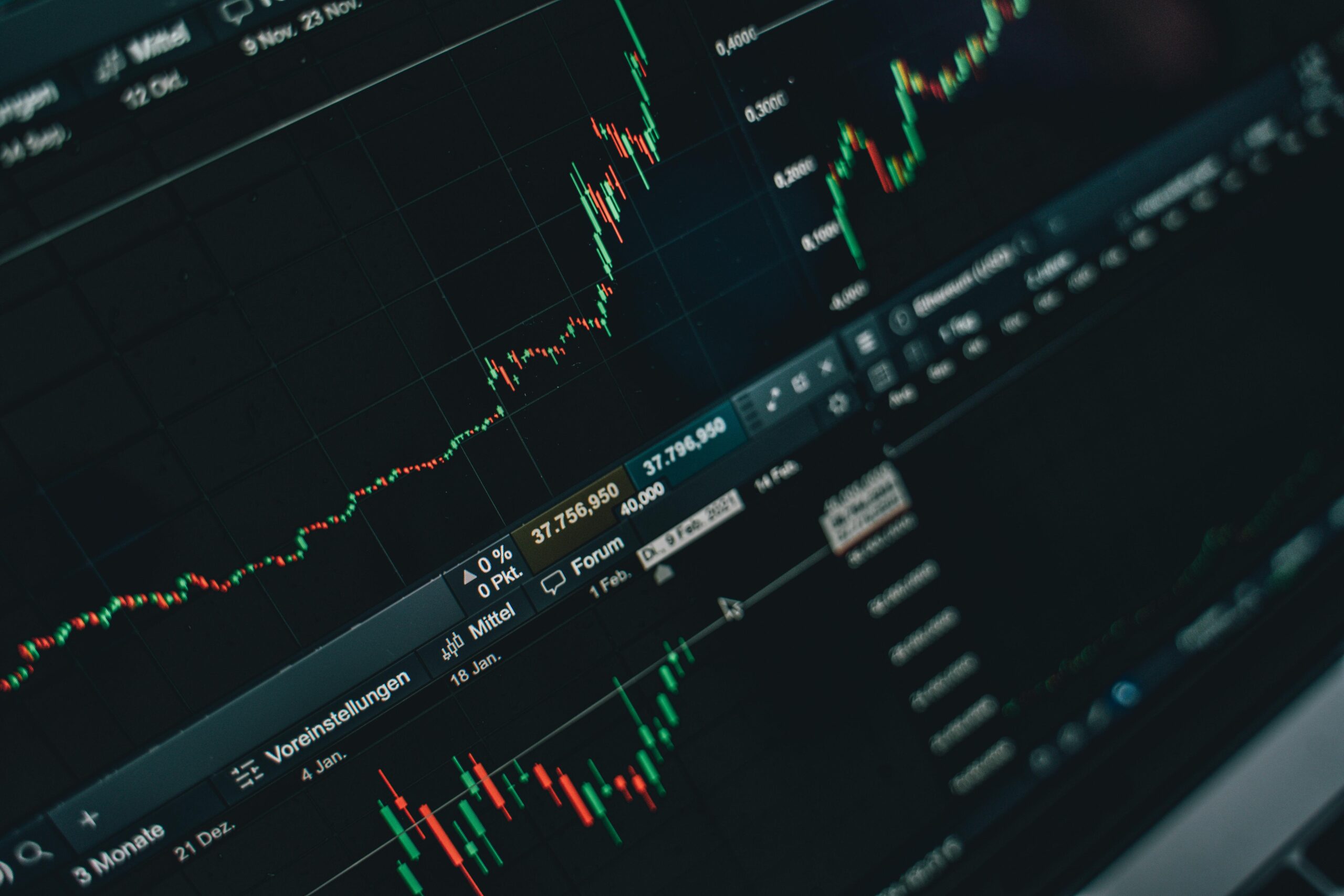Understanding Tariffs: A Calm Look at What’s Ahead
In today’s information-overloaded world, it’s easy to feel overwhelmed by the constant barrage of financial advice – much of which can be misleading or outright incorrect. Financial Detox cuts through that noise, providing clear, actionable insights to help you make better financial decisions and avoid common pitfalls.

The word “tariff” has made a swift return to the headlines – and understandably, it’s creating unease. As political momentum builds toward renewed trade restrictions, investors are left wondering what it all means for the markets, the economy, and ultimately, their portfolios.
Let us be clear: the return of tariff talk is not a signal to panic. In fact, when viewed through a longer lens, it may serve more as a reminder of how resilient the markets – and thoughtful investors – can be.
What Are Tariffs, Really?
At their core, tariffs are taxes placed on imported goods. Their goal? To protect domestic industries, reduce reliance on foreign supply chains, and in some cases, to address trade imbalances or geopolitical leverage points. That’s the economic theory. In practice, they can influence supply chains, consumer prices, and market sentiment – sometimes all at once.
But while the headlines may feel dramatic, it’s important to distinguish noise from impact.
Looking Back: Tariffs During Trump’s First Term
For those who remember the 2018–2020 tariff cycle, history offers perspective. During that period, a series of escalating tariffs between the U.S. and China generated waves of volatility. However, despite the uncertainty, markets moved higher. The S&P 500 rose over 40% from January 2018 through early 2020, even as trade tensions remained unresolved.
Inflation? It barely budged. The Consumer Price Index stayed within its normal range, defying fears that tariffs would trigger a rapid rise in prices. Ultimately, investors who remained patient – who didn’t give in to short-term noise – were rewarded.
The takeaway: tariffs may move markets in the short term, but their long-term effect is often far more muted than anticipated.

Tariffs dominated U.S. headlines during Trump’s first term which brought with it some market volatility, but it did not bring about rampant inflation and markets ultimately moved higher.
What’s Different – and What’s the Same – in 2025
Today’s situation has similarities, but also notable differences. The global supply chain has evolved. Domestic manufacturing capacity has increased. And policymakers are more aware than ever of the need to balance economic strategy with investor confidence.
If tariffs are reintroduced, especially in a strategic or phased way, markets may again experience volatility. But volatility is not new. And it is not inherently negative.
In fact, many long-term investors are better served by remembering one simple truth: the market has weathered policy changes, economic disruptions, and geopolitical tensions for generations – and has historically emerged stronger.

Total U.S. tariff revenue nearly tripled from 2017 to 2022, largely due to tariffs introduced in 2018. By 2024, they dropped to $77 billion as trade patterns and imports adjusted.
So What Should You Do?
We encourage clients to focus on what can be controlled:
- Staying disciplined in asset allocation
- Rebalancing when appropriate
- Avoiding emotionally driven decisions
- Remaining grounded in long-term planning, not short-term headlines
As your advisers, we are monitoring developments closely. But more importantly, we are maintaining the framework that has guided portfolios through times far more uncertain than today.
Should changes in trade policy materialize, we will analyze the implications with the same measured approach that defines our work – never overreacting, always staying grounded.
Tariffs may return. So may volatility. But history tells us that with a steady hand and a structured plan, investors don’t need to fear either.



